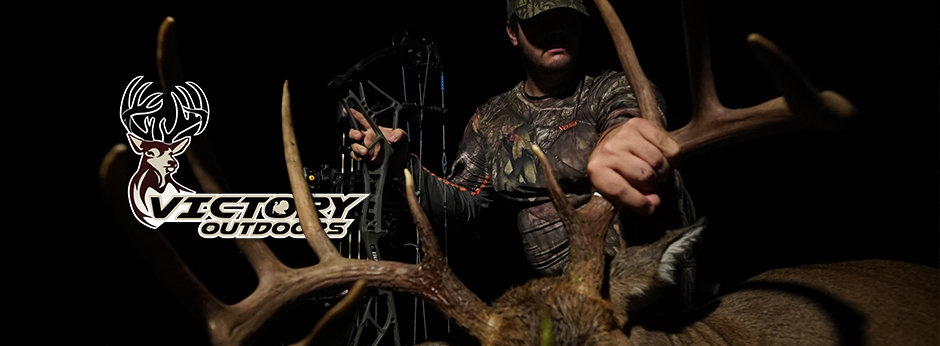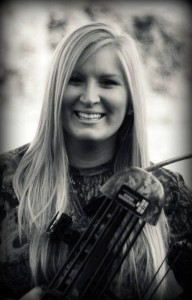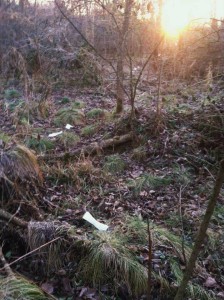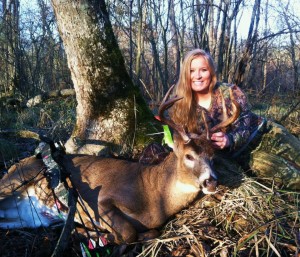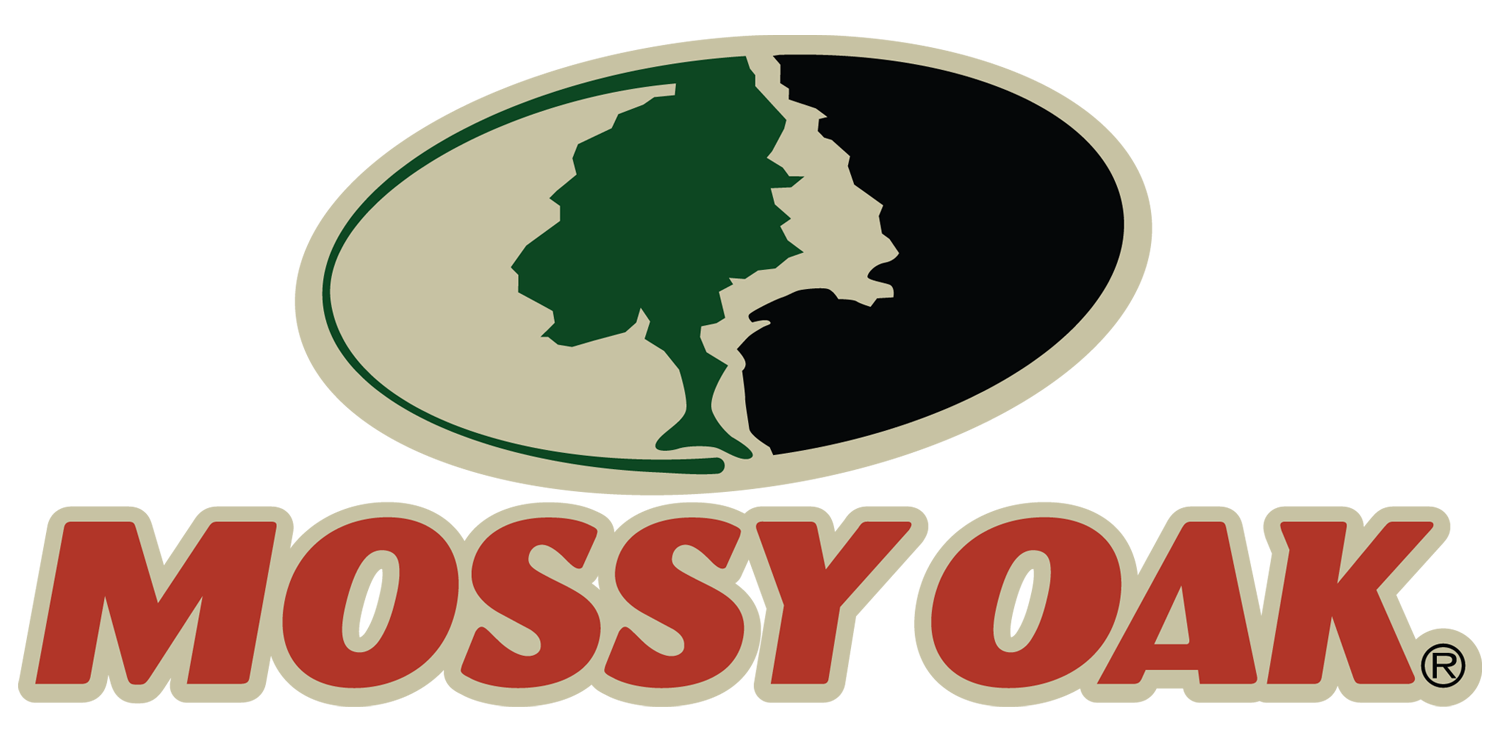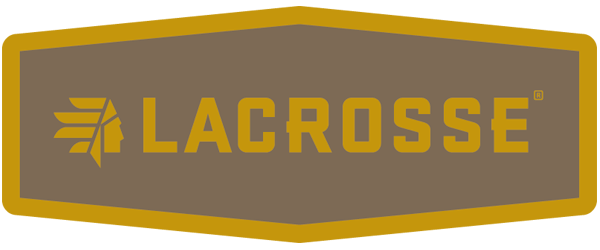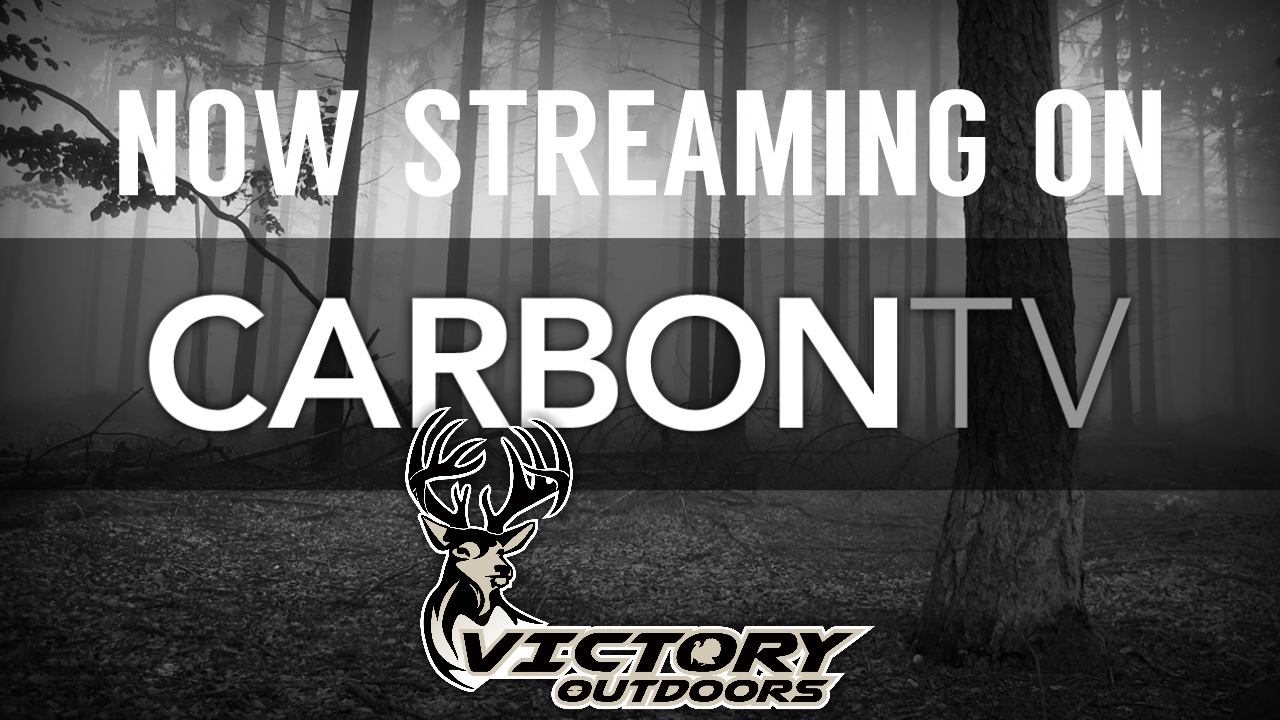In this installment of Victory Outdoors “Your Adventures” Skye Goode recalls her archery season in Wisconsin.
For the second fall in a row, I had the opportunity to bowhunt on a prime spot in Dunn County, WI, owned by a man who I consider my spiritual mentor, Bill. The land had great meaning to me; I had hunted on it year-round including shed hunting, spring turkey hunting, and bowhunting. The previous fall I focused mainly on hunting the eastern oak ridge, where the birds and deer had hit the acorns religiously. This year, something told me that the rut would be strong, and that hunting in a stand bordering the bedding area would be beneficial. Throughout the season, I encountered more shooter bucks than I ever have before in one season. Opening weekend, I passed on a nice 7 pointer that appeared to be a young buck, and came in ready to fight to a grunt series. I had several encounters with shooter bucks that just didn’t present a shot, came in after shooting light, or I couldn’t pull them off the doe they were following. As the weeks progressed, I continued to pass on young bucks that will be trophies next year, but just weren’t worth putting my tag on this year.
After logging over 105 hours in the stand since opening morning, mid-November was starting to heat up and I had an opportunity to take a wallhanger. As he came in on the trail 35 yards in front of me, not 5 minutes after a hot doe walked through, I knew he was going to give me a good broadside, quartering away shot. 35 yards was a bit out of my range, but sometimes you have to take opportunities as they come and step outside your comfort zone. I did not have a pin set for more than 30 yards, and even through my bleats the buck would not stop, but I aimed in the vitals and took the shot. I missed just under his belly and he trotted off; not terribly alarmed but gave me a few snort wheezes and meandered off into the brush. I was crushed, defeated,kicking myself for screwing up a shot on a nice buck. I cried all night and called a few friends to talk me through it. They told me stories of their misses over the years and it helped me realize that if you are truly a hunter, missing is just part of the game. It’s like a professional baseball player batting 1.000, it’s nearly impossible. Though we all want every shot to connect perfectly, missing is just as important. I learned that I need not take shots I am not generally comfortable with, and that stopping a deer on the move is very important when archery hunting. I vowed to everyone who heard of the miss that I would never hunt again, but I continued to hunt the rut. I had seen a good amount of deer throughout the week; the corn was being cut across the road, the rut was in the full swing, and high winds made the deer constantly on the move at all hours of the day. One week after my big miss, I had the opportunity to complete a full day sit.
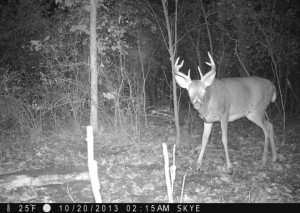 On Thursday, November 14th, I went out in the stand at around 9 am and sat all day. It was the peak of the rut, so I periodically called with a series of estrus bleats and low grunts. Around 1pm, a nice buck walked from across the road, grunting in response to my calls. He stayed about 85 yards in front of me, and walked down into the bedding area, which was a low-lying swamp just West of the oaks I was sitting in. He had his head to the ground the whole time, so I figured he was tending a hot doe and would be impossible to pull in my direction. Throughout the afternoon, I kept with the same calling series, mostly out of habit and a bit out of boredom. At some point in the afternoon, I heard a couple deer walk from the bedding area towards the feeding area, but they kept in the thick brush so only their feet were spotted. I made my last series of doe bleats in tandem with a chasing grunt call. In the last 15 minutes of shooting light, I spotted a buck coming from the feeding area and making his way right at my stand, nose to the ground, with a quick pace.
On Thursday, November 14th, I went out in the stand at around 9 am and sat all day. It was the peak of the rut, so I periodically called with a series of estrus bleats and low grunts. Around 1pm, a nice buck walked from across the road, grunting in response to my calls. He stayed about 85 yards in front of me, and walked down into the bedding area, which was a low-lying swamp just West of the oaks I was sitting in. He had his head to the ground the whole time, so I figured he was tending a hot doe and would be impossible to pull in my direction. Throughout the afternoon, I kept with the same calling series, mostly out of habit and a bit out of boredom. At some point in the afternoon, I heard a couple deer walk from the bedding area towards the feeding area, but they kept in the thick brush so only their feet were spotted. I made my last series of doe bleats in tandem with a chasing grunt call. In the last 15 minutes of shooting light, I spotted a buck coming from the feeding area and making his way right at my stand, nose to the ground, with a quick pace.
He was walking the exact trail that the bruiser from a week before had walked, though it was not the same buck. I grabbed my bow, nocked my release, and with a second to spare, he walked right into my shooting lane. This time, my instincts told me to not make the same mistake twice, so I let out the loudest bleat I could and accounted for the extra yardage on my pin. The buck stopped dead in his tracks, broadside but quartering to, so I let the arrow fly. It was a solid hit, slightly back; one of those “knocked the wind out of him” kind of hits. He buckled up and labored to take off running. He ran straight for the bedding area, and I lost sight of him around 80 yards out-exactly where I spotted the buck at 1 pm that day. Still shaking from the adrenaline, I got down from my stand and immediately checked the trail camera that had been pointed to take pictures of that deer trail, but it hadn’t captured a picture of the shot. I went to the hit spot and saw his running track, hair, and my arrow broke in half,with the broadhead end laying 10 yards from the hit. It was covered in dark, chunky blood and smelled like the intestinal track. It was just about dark now and I was running out of light. I followed his running track for about 15 yards and did not have any blood, so I put my coat where I found the broadhead and headed back out to the road.
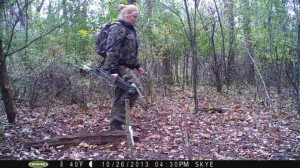 Bill happened to be turkey hunting this same night, and was sitting due West in a pine plantation about 125 yards from my stand. I waited on the road and when he came out, told him I connected on a buck. He said he did not hear any crashing close to dark, so with myself being on the East end, the paved road being the South end, and Bill on the West end,I was able to pinpoint that the buck was somewhere in that 125 yard rectangle of thick bedding area. After conversing with Bill and telling him every detail of the hunt, we both agreed that with the shot being back and the cool temperatures, it was best to let the deer sit overnight and resume tracking at the day’s first light.
Bill happened to be turkey hunting this same night, and was sitting due West in a pine plantation about 125 yards from my stand. I waited on the road and when he came out, told him I connected on a buck. He said he did not hear any crashing close to dark, so with myself being on the East end, the paved road being the South end, and Bill on the West end,I was able to pinpoint that the buck was somewhere in that 125 yard rectangle of thick bedding area. After conversing with Bill and telling him every detail of the hunt, we both agreed that with the shot being back and the cool temperatures, it was best to let the deer sit overnight and resume tracking at the day’s first light.
It was one very sleepless night. I called a few of my closest comrades to ask for advice. My cousin Adam assured me that because of the shot being back, and the fact that I immediately backed out and did not jump the deer from his first bed, if given a few hours the deer would surely die overnight. A good friend and trapping legend, Duane, completely agreed and suggested that I use my sleepless hours to prepare for the morning’s track. Duane’s first tip was to fill a spray bottle with Hydrogen Peroxide and a food coloring such as blue. Upon coming into contact with blood or other bodily fluids, Hydrogen Peroxide will foam up, leaving behind a blue tinted layer of bubbles to facilitate directional tracking. Duane also suggested bringing along a roll of toilet paper to hang on each and every blood drop, track, hair, turned overleaf. If tracking gets difficult, one can turn around and look at the pattern of paper hanging on the trail to see if the deer started taking a particular direction, plus, it’s biodegradable so clean up is easy. Both of these tips proved to be very beneficial on the next morning.
About an hour before the sun came up, I went to seek the advice and guidance of Bill, who happened to be working the overnight shift at our office. He helped me walk through the events that took place the night before, and assured me that with patience and attention to detail, my deer would be recovered. I headed out to the woods and the first thing I did was get back up in my treestand. I replayed the entire hunt, focused on where I shot and what I remember the deer doing, and paid attention to the landmarks in the area where I last saw the buck before he headed into the thick brush. After I was certain that I memorized every detail, I resumed tracking from the spot where I left my coat. At first, all I had to go on was his running track. In combination with the landmarks that I noticed up in my stand, I followed his track for another 20 yards. At this point I heard something take off in the woods, but it was quiet and fast, so I knew that it couldn’t have been my buck, and figured it was probably just another deer that happened to be using that trail.
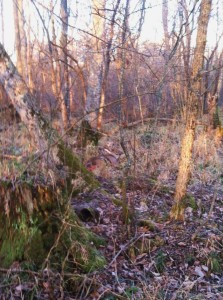
“I looked up, and saw my buck lying up against a tree. The feeling that came over me was indescribable!”
At the first point of blood, I found the other half of my arrow with the fletchings covered in blood. Blood was scarce and the only spots I found were dark droplets of about a dime to quarter sizes. I was careful and diligent, and hung a piece of toilet paper on every droplet, every scuffed track, and every broken sapling. About 40 yards into the track job, the blood ceased. I became frustrated when I entered the swamp opening and saw that his track was not noticeable in the heavy swamp grass. Remembering the suggestions that Duane gave me, I pulled out my spray bottle of Hydrogen Peroxide and knelt down by the last blood. I sprayed a full 180 degree span on the ground. Immediately, a leaf about 3 feet from the blood foamed up and told me the direction the buck went it. I was shocked because if I hadn’t had that clue, I would have taken the trail in the opposite direction. Like many wounded deer do, the buck began circling back to where he had been shot. This leaf did not have any blood on it, but clear juices from the deer’s body had dripped out and would have been undetected to the human eye. I continued on and about another 25 yards into the track job, I heard crows chattering like crazy. I looked up, and saw my buck lying up against a tree. The feeling that came over me was indescribable!
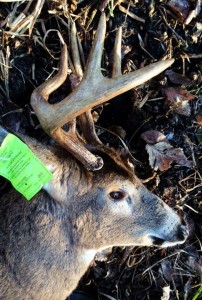 I walked up to my trophy to see that one of his back hams were torn into. It was very shocking because in the two years of me scouring that land,I had never heard a bark, never cut a track in the mud or snow, and never caught a picture on the many trail cameras I had out of a coyote. I figured that the animal I kicked up at the beginning of my track job was probably the yote eating my kill. Many hunters would be angry, but I considered it a way for me to give back to the land. We all play an intricate part of the ecosystem, and the buck presenting me the opportunity to shoot him was no different than me giving the coyote an opportunity to grab a quick snack. It’s unfortunate that one ham was gone, but it was a meal well-appreciated and I had plenty of meat from the rest of the deer. I also see it as a way to feed the prey that I pursue in the winter months and am currently working hard to call in that coyote that was an important part of my archery kill this fall.
I walked up to my trophy to see that one of his back hams were torn into. It was very shocking because in the two years of me scouring that land,I had never heard a bark, never cut a track in the mud or snow, and never caught a picture on the many trail cameras I had out of a coyote. I figured that the animal I kicked up at the beginning of my track job was probably the yote eating my kill. Many hunters would be angry, but I considered it a way for me to give back to the land. We all play an intricate part of the ecosystem, and the buck presenting me the opportunity to shoot him was no different than me giving the coyote an opportunity to grab a quick snack. It’s unfortunate that one ham was gone, but it was a meal well-appreciated and I had plenty of meat from the rest of the deer. I also see it as a way to feed the prey that I pursue in the winter months and am currently working hard to call in that coyote that was an important part of my archery kill this fall.
We all remember every detail of our hunts, but sometimes forget that there are many key players in the game that help us to be the star. Someone taught me to hunt, someone granted me access to their land, someone helped me with the decision to not push the deer, someone gave me tracking tips and even the crows helped lead me to the recovery. I think even the miss from the week before played an intricate role in teaching me valuable lessons in resilience and perseverance. If I would have put down the bow at the moment I missed that deer, I would never have had the amazing opportunity to experience this hunt!
